In Situ, the new restaurant in the recently refurbished and reopened San Francisco Museum of Modern Art, is a bundle of contradictions. The chef is Corey Lee, whose tasting-menu flagship, Benu, just retained the three Michelin stars it was first awarded in 2014. But the highly regarded chef didn't create a single recipe for the restaurant. Rather, the menu consists of a rotating selection of other chefs' dishes from all around the world, which the In Situ kitchen sets out to faithfully recreate. In other words, it's a restaurant in the model of an art exhibition, with Lee as the curator.
In this and other ways, including the exhibition catalog-style menu, In Situ clearly advances the notion of chef as artist. But the manner by which it is implemented – with Lee and his crew duplicating the "artists'" creations – undermines the very notions of authorship and uniqueness that are generally thought of as essential to the distinction between "art" and "craft." While Lee is ostensibly in the role of curator and not creator, the lines become blurred: when was the last time you saw a museum curator break out his brushes and hang up his own canvas on the museum wall as the "Mona Lisa"?[1] What you will get here is at best a copy, though it may be a very good one.
Indeed, the very name is a contradiction: "in situ" refers to a site-specific artwork, one that is created for the location. Yet each of the dishes served at In Situ was created for and is usually served in some other restaurant.
All of which is to say this: In Situ is possibly the most thought-provoking restaurant experience I've had in years. But unlike many restaurant experiences that aim to be thought-provoking, this one was also a lot of fun and mostly really delicious.
(You can see all my pictures in this In Situ - San Francisco flick set).
A big part of the fun at In Situ is that the restaurant acts as both Star Trek transporter and Dr. Who time travel TARDIS telephone booth. Here, in one meal, you can sample dishes from thousands of miles away, and even from decades past – some of which may no longer even be available anywhere else.[2]
For instance, the lead-off item on the menu[3] during our visit comes from chef Wylie Dufresne. His restaurant in New York's Lower East Side, wd~50, was a mid-aughts "molecular gastronomy"[4] trendsetter. But I never managed to get there before it closed in 2014.
Yet here are Dufresne's "shrimp grits," a dish which subverts the classic Southern pairing, turning the shrimp themselves into the grits by chopping, cooking, finely grinding, and finally re-warming them with powdered freeze-dried corn, then garnishing with pickled jalapeños and a bright orange shrimp shell oil.
If I'm to be honest, one of the reasons I never ate at wd~50 is that I wasn't convinced I would have enjoyed an entire meal there: the place often gave me the impression that form was being elevated over substance, creativity over flavor. But that's another of the interesting things about In Situ: it's a chance to sample a chef's cooking (at least vicariously through the medium of Lee and crew), without the commitment of a full meal. Turns out, this dish was excellent: intense crustacean flavor, combined with a nostalgic creamy, nubby grits texture. Perhaps I misjudged. But In Situ offers a taste of what I missed.
We were in Kyoto a couple years ago, but did not go to Gion Sasaki, a kaiseki style restaurant that is a notoriously difficult reservation. So here is another "missed opportunity" dish. Tender, meaty chicken thighs are glazed with a delicate teriyaki sauce (not the gloppy syrupy stuff we get here, but a fine calibration of salty, tangy and sweet); concealed beneath them is a wobbly "onsen" egg (probably cooked in an immersion circulator rather than the traditional hot spring), mounted in a bed of crunchy lettuce, and dusted with tingly sansho pepper. It's Sasaki's version of "oyako," i.e. "parent and child" (chicken and egg), and it's superficially simple but elegantly balanced.
One of the challenges In Situ faces is finding dishes that can be replicated without access to all of the ingredients used by chefs whose restaurants may be thousands of miles away. Virgilio Martinez's cooking at Central in Lima, Peru is indelibly tied to indigenous products, many of which are found nowhere else in the world. So when he chose a dish for the In Situ menu, he had to do something that would "travel well." (More interesting tidbits in this conversation between Martinez and Lee captured by Lucky Peach).
His "Octopus and the Coral" is the result: plump octopus tentacles basted in a spicy rocoto chile paste, hidden beneath shards of silver savory meringues, dark grey rice crackers, and tufts of red seaweed, meant to appear like an octopus crouching within a coral-covered rock beneath the sea. It was a good dish, though not nearly as interesting as several dishes Martinez prepared for a dinner at Alter restaurant in Miami earlier this year.
(continued ...)
The French Laundry: another iconic restaurant I've never visited,[5] yet could sample via In Situ. And unlike most of the menu, this is a dish that Lee may well have actually cooked before. He worked at TFL from around 2000 to 2010, though this particular recipe dates from before his tenure – 1996, just two years after Thomas Keller took over the restaurant.
Surprisingly, it underwhelmed. I liked the earthy lentils brightened with red wine vinegar, adorned with a wreath of cubed apples, carrots and pearl onions. But the duck breast itself was somewhat overcooked, a uniform pinkish beige. And yet its skin was still not fully rendered, lacking any jagged crackle, the subcutaneous fat still just flabby instead of melted and cottony.
For a moment, I was thinking to myself, "This feels kind of dated." Of course, there's a good reason: the dish is twenty years old! And this time capsule element of In Situ is part of what makes a meal there so interesting, even when a dish falls flat.
In order to do a compare and contrast, I had to have at least one thing that I'd actually eaten before. And so we ordered David Chang's spicy sausage and rice cakes, a dish from Momofuku Ssäm Bar circa 2007. It's a great dish: chewy tteok tossed with browned crumbled pork rippling with chile heat and the electric zing of sichuan peppercorn, strewn with wilted greens, topped with a shower of fried shallots and slivered green onions. I know it's kind of idiotic that it took me this long for this particular light bulb to go off, but it was only having the dish now, here, that I realized: this is gnocchi with a bolognese sauce. Here, in this bowl, lies the genesis of Chang's latest restaurant, the Italian-Asian mashup Nishi.
As for that compare and contrast: In Situ's iteration was actually more intense, more balanced, and more refined than any I've had in Chang's own places. Sometimes the re-creation can exceed the original!
For dessert, a dish from Massimo Bottura, whose Modena restaurant Osteria Francescana, is currently perched at the top of the Pellegrino World's 50 Best Restaurants list: "Oops! I Dropped the Lemon Tart." The story supposedly goes that the dish was created by accident: one of his chefs was carrying the last two lemon tarts of the evening, and dropped one; Bottura decided he liked how it looked, and so they reconstructed two broken lemon tarts, and it's been served that way ever since (and they've added to the effect by serving it on a plate that appears to be cracked).
The story is awfully cute and probably made up; but the lemon tart happens to be really good, combining a lemongrass ice cream, a luridly yellow-hued lemon and limoncello zabaglione, and a crisp, fractured crust. Lined up along one side are a series of garnishes invoking complementary Italian flavors: candied citrus, capers, a dot of chili oil, oregano oil.
The idea of In Situ is not entirely novel. In 2012, Grant Achatz followed up Alinea by opening Next, which every three months creates a new themed menu, often focused on particular places and times.[6] Heston Blumenthal's Dinner in London recreates historical British recipes, some ostensibly from the late Middle Ages. But unlike Next or Dinner, which at least follow a unifying theme, a meal at In Situ can be a somewhat disjointed experience. With a menu that throws together dishes from different chefs with different styles in different vernaculars, a meal can feel more like a mix-tape than a coherent story.
That's not necessarily a bad thing: I've made some pretty solid mix-tapes in my time. Here, the thread that pulls it together is Corey Lee's finesse in executing it all, which is pretty remarkable. It's kind of like hearing Yo-Yo Ma play classical, bluegrass, tango and reggae all in one night. Our dinner was the antithesis of your typical tasting menu, jumping all over the literal and figurative map of cooking genres. But this actually has its advantages. Any one of these dishes could be (and often is) on one of those high-commitment, high-dollar tasting menus somewhere else; but at In Situ, you can choose your own adventure.
In Situ
151 Third Street, San Francisco, California
415.941.6050
[1] If you think of Chef Lee as fellow artist rather than curator, Marcel Duchamp's L.H.O.O.Q. or Andy Warhol's Mona Lisa silkscreens are arguably appropriate answers to this rhetorical question. But what Lee is doing here is not, like those works, an act of appropriation (even in the conscious, critical sense, rather than a pejorative sense as is often used in the culinary world). This is not Robert Rauschenberg presenting an Erased De Kooning, or Picasso's Las Meninas. Nor are these, as best I can tell, Lee's "takes" on other chef's dishes, a term you often see chefs throw around when they're operating in that gray area between inspiration and copying. Rather, these are ego-less, respectful re-creations, done as faithfully as possible.
[2] You can also do so for a much more affordable tariff than the tasting menu commitment you'd otherwise have to make to try many of these dishes, without even considering travel cost. On the restaurant menu, smaller dishes are mostly in the teens, and only one dish – which featured wagyu beef – was over thirty dollars. Several dishes on the lounge menu are under $10. It's an incredible value for the quality of the cooking and the thought and effort behind it.
[3] There are actually two menus available at In Situ: one for the restaurant, with about a dozen dishes available a la carte; and a more abbreviated menu of slightly more casual, mostly smaller dishes for the "lounge," which is not so much a lounge as a lineup of mostly bar-height tables at the front of the restaurant space. These are a rotating selection from a "collection" of about eighty recipes that In Situ has gathered from different chefs around the world – some by actual site visits by Lee working with the chefs in their own kitchens, others by extensive email correspondence and consultation.
[4] That's what we called it back then, before we started calling it "modernist cuisine," even while quibbling all along the way over whether it was an appropriate term for a style of cooking. Although this particular iteration of this dish apparently dates from 2013, as reflected on the In Situ menu, and as captured in this interview / recipe from the same year.
[5] Go ahead, strip me of my food nerd credentials right now.
[6] The current menu, serendipitously, is "French Laundry circa 1996" – both Achatz and Lee are TFL alumni, and I think their tenures may have overlapped with Lee coming in and Achatz heading out around 2000.
[2] You can also do so for a much more affordable tariff than the tasting menu commitment you'd otherwise have to make to try many of these dishes, without even considering travel cost. On the restaurant menu, smaller dishes are mostly in the teens, and only one dish – which featured wagyu beef – was over thirty dollars. Several dishes on the lounge menu are under $10. It's an incredible value for the quality of the cooking and the thought and effort behind it.
[3] There are actually two menus available at In Situ: one for the restaurant, with about a dozen dishes available a la carte; and a more abbreviated menu of slightly more casual, mostly smaller dishes for the "lounge," which is not so much a lounge as a lineup of mostly bar-height tables at the front of the restaurant space. These are a rotating selection from a "collection" of about eighty recipes that In Situ has gathered from different chefs around the world – some by actual site visits by Lee working with the chefs in their own kitchens, others by extensive email correspondence and consultation.
[4] That's what we called it back then, before we started calling it "modernist cuisine," even while quibbling all along the way over whether it was an appropriate term for a style of cooking. Although this particular iteration of this dish apparently dates from 2013, as reflected on the In Situ menu, and as captured in this interview / recipe from the same year.
[5] Go ahead, strip me of my food nerd credentials right now.
[6] The current menu, serendipitously, is "French Laundry circa 1996" – both Achatz and Lee are TFL alumni, and I think their tenures may have overlapped with Lee coming in and Achatz heading out around 2000.

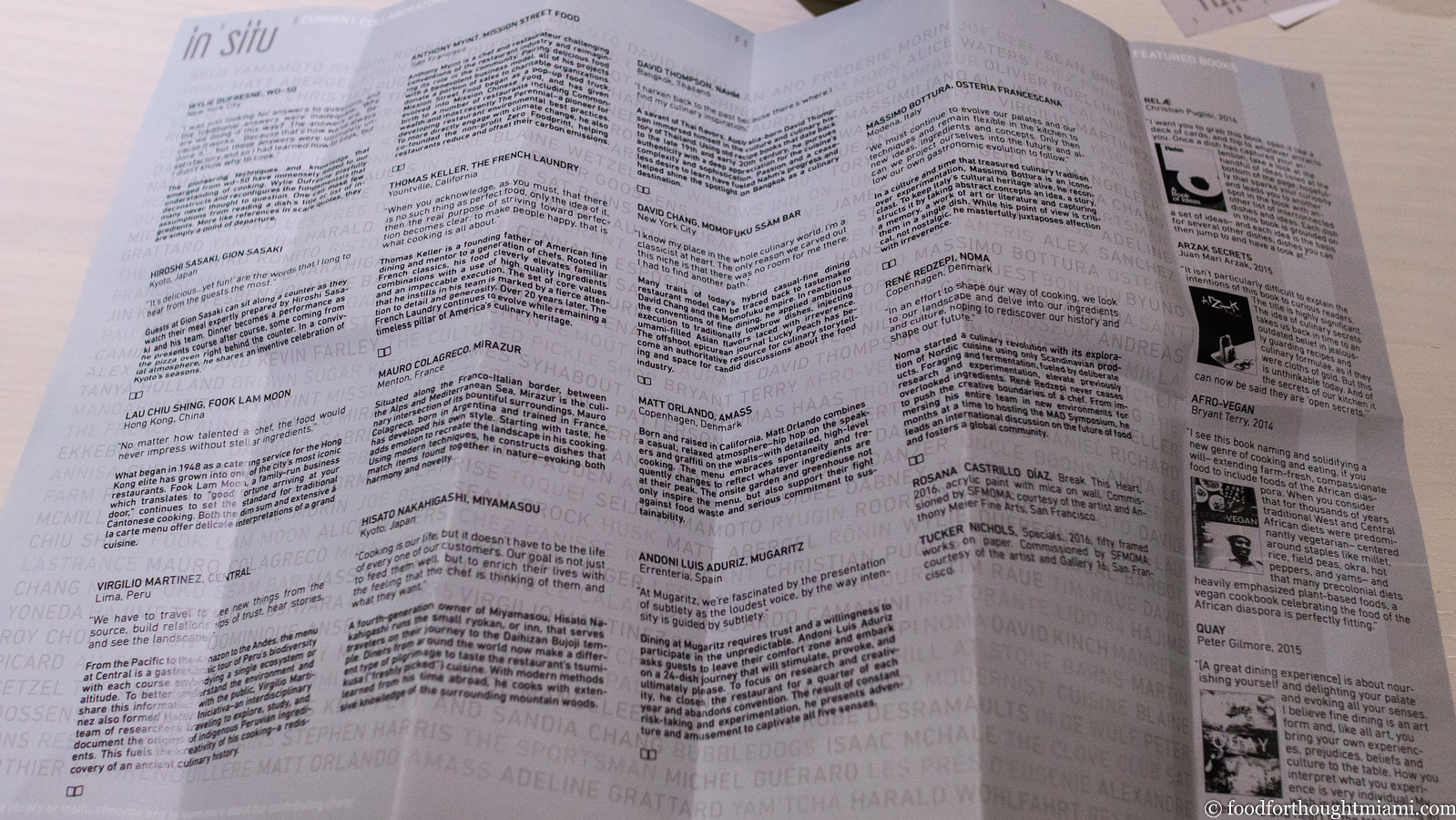

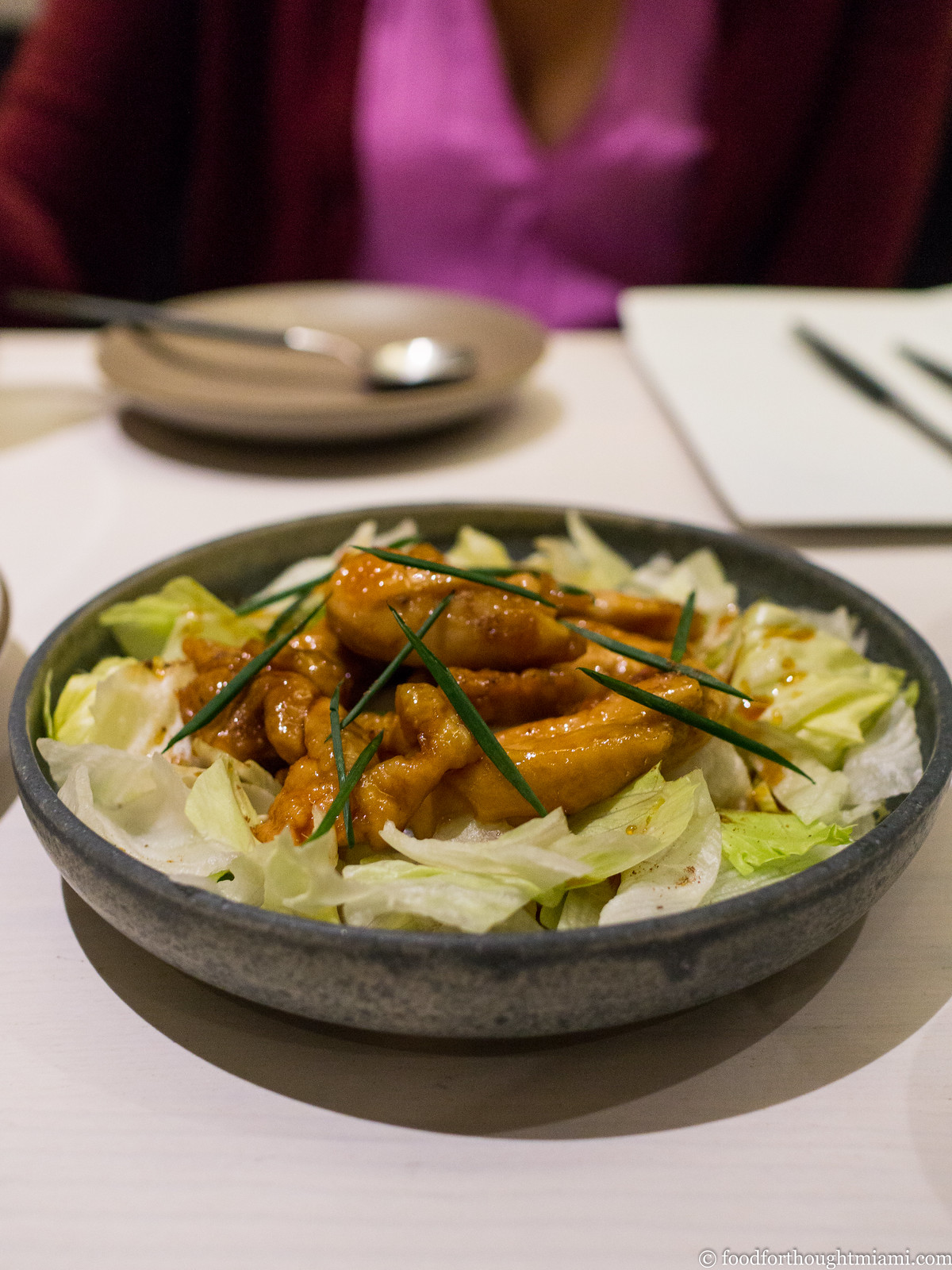
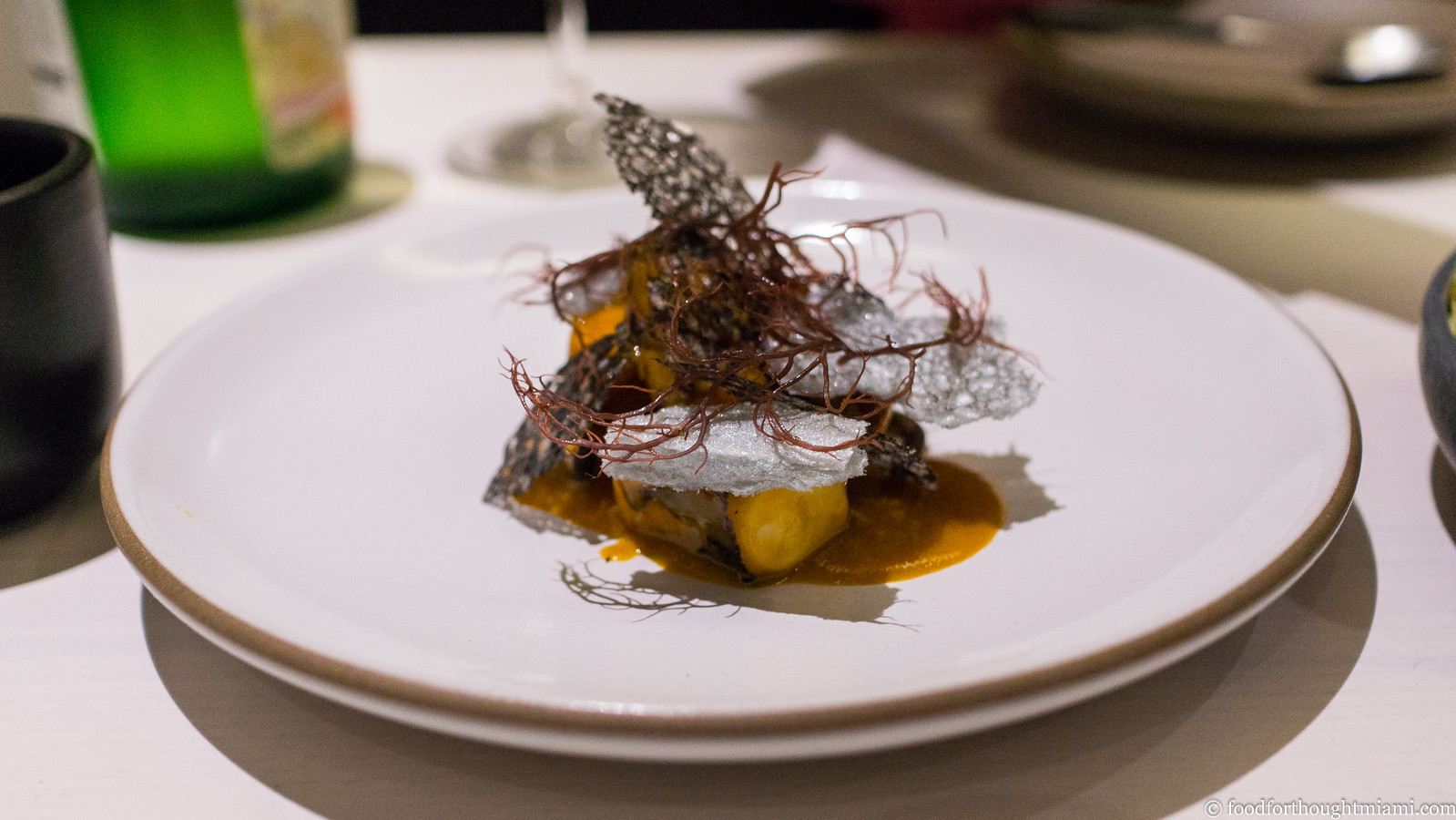

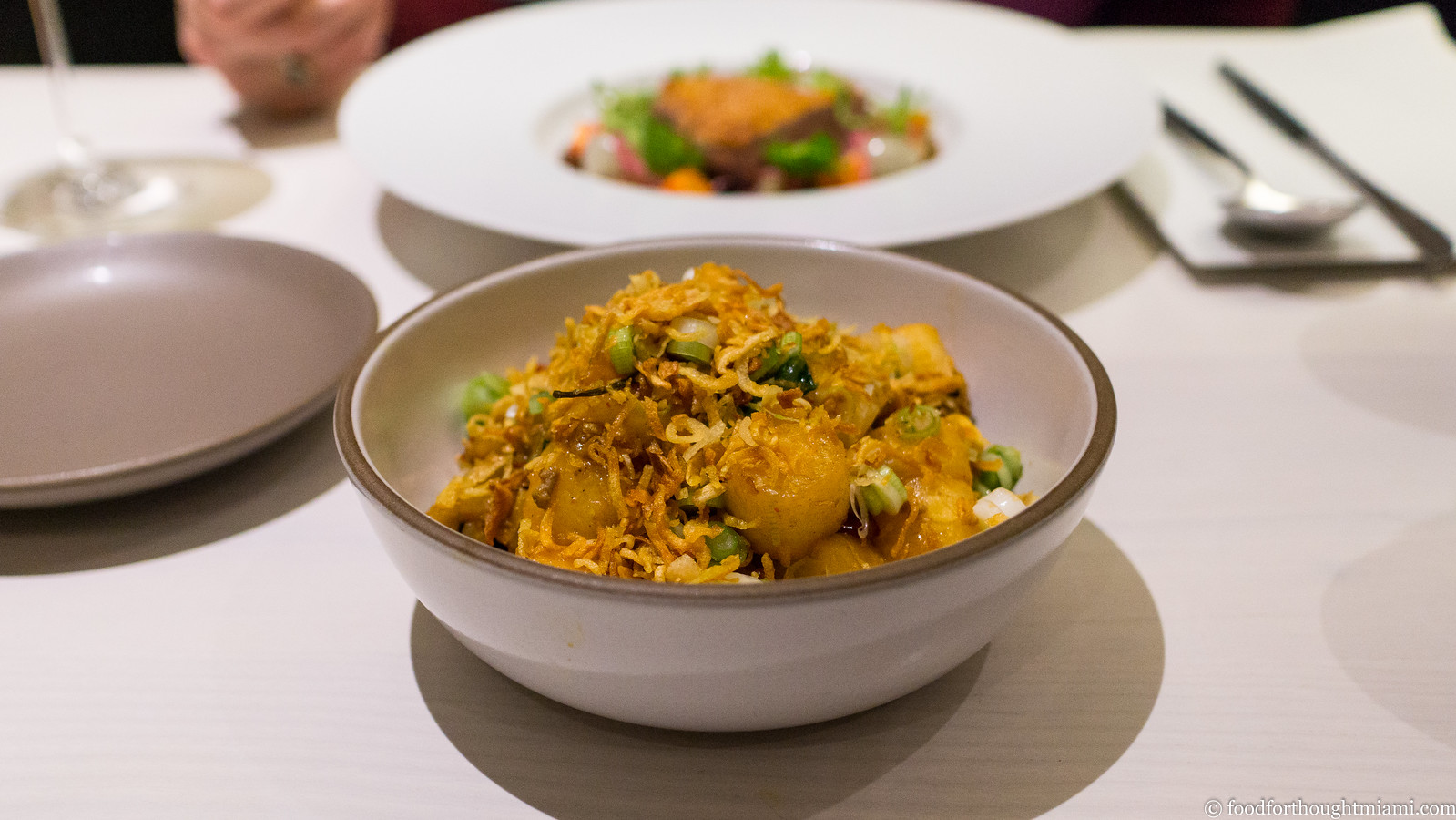
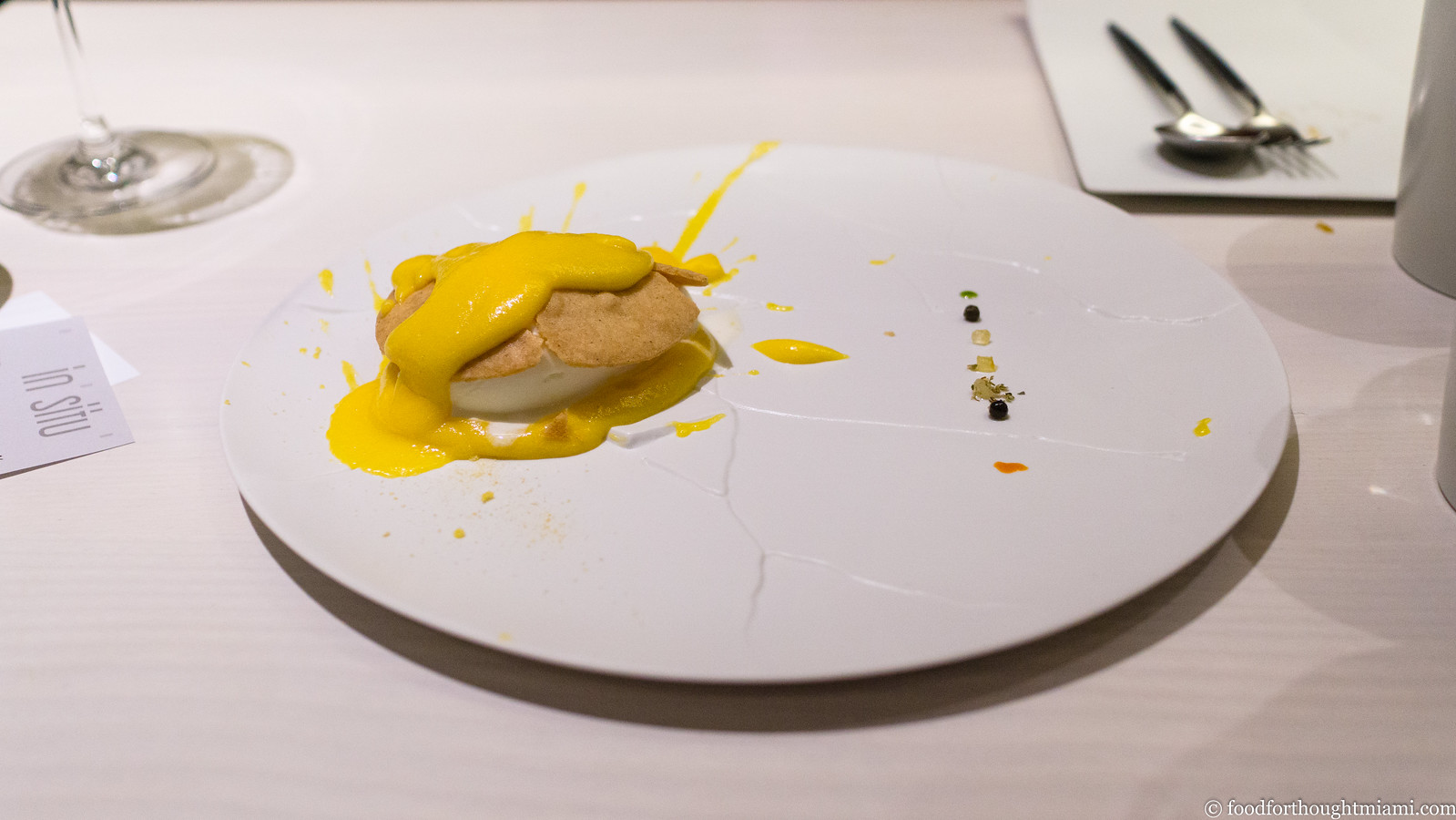
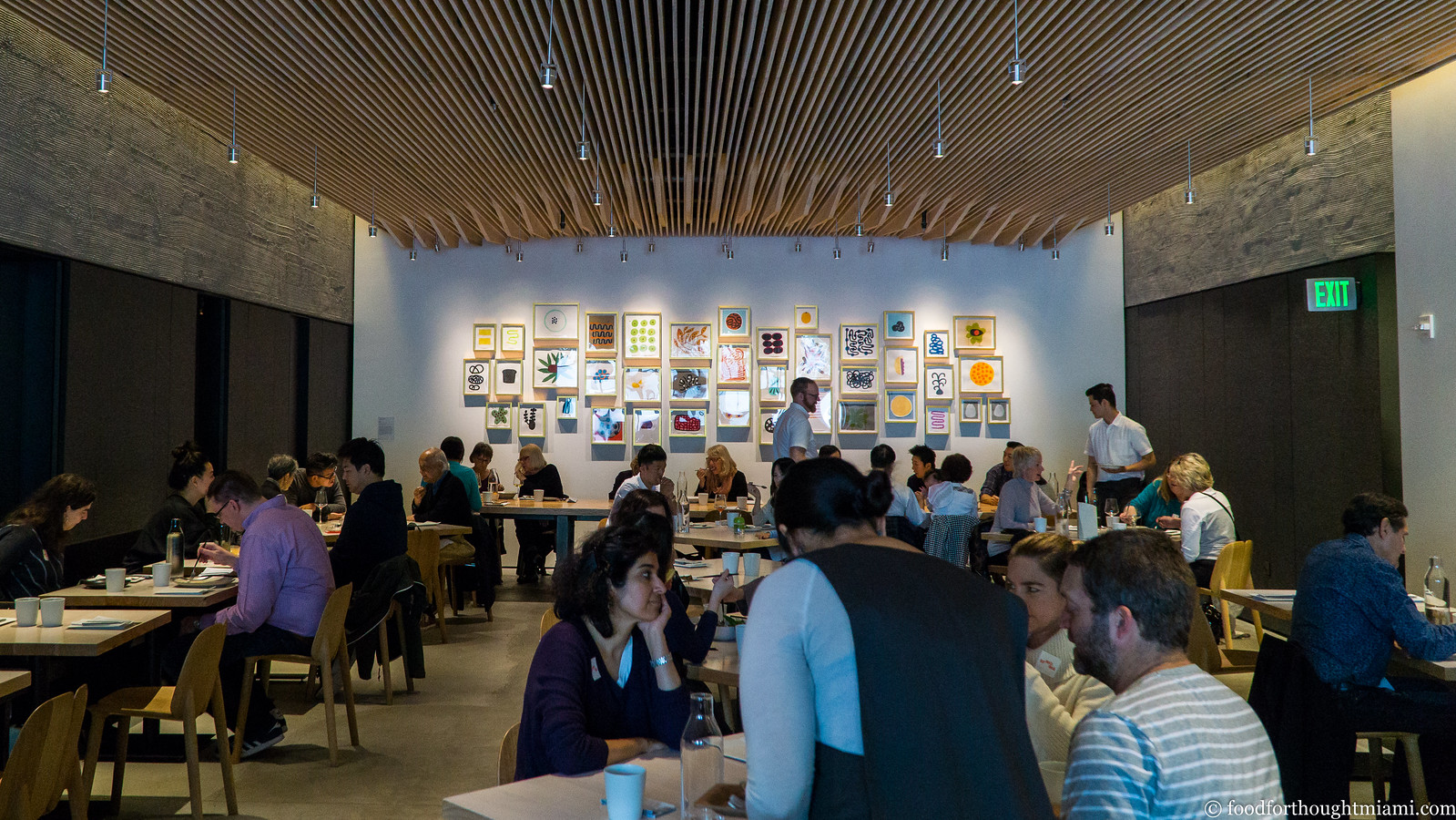
No comments:
Post a Comment